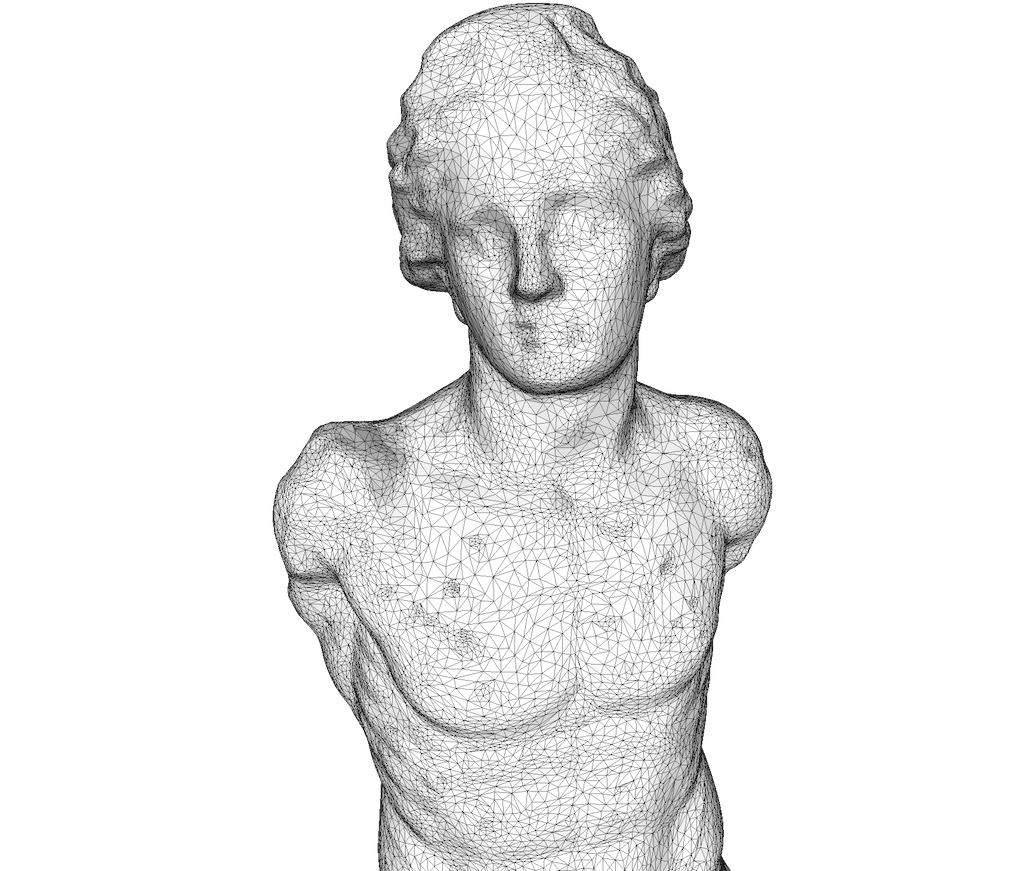
One of the things that bugs us a lot is the way many museums consider the intellectual property of their works.
Typically, a museum holds a large collection of works, many of which might be 3D sculptures created by famous and not-so-famous artists. Often these are ideal subjects for 3D printing, if you are able to obtain a proper 3D scan of them.
A few museums don’t mind if you take 3D scans of sculptures within their property, so long as you don’t disturb other visitors, and we’ve done this several times. Some of the more “open” museums even make 3D models of their sculptures available online, although none make more than a handful of models ready for download.
But other museums are more restrictive and refuse to consider 3D scanning, fearing, we suspect, that a 3D model of their sculpture on the loose would somehow degrade the value of the original.
This attitude is analogous to tribespeople shunning a photographer, fearing a photo would “capture their soul” and somehow degrade the original.
We believe this is ridiculous.
A 3D model is not the original, especially on unique works of art, where the original is the only one hand-carved by the actual artist, perhaps centuries ago. In fact, a widespread 3D model may actually attract additional visitors to see the original version of their familiar 3D model. Wouldn’t you want to see the “real” version? You wouldn’t if you had never heard of the sculpture if there had been no 3D model to bring it to your awareness.
Meanwhile, there’s a bit of strange logic we could apply here. The original designers (or owners) of ancient sculptures are long dead, and their identity may not ever be known in many cases. Current approaches to intellectual property rights tend to have the work assigned to the owner and their descendants for long periods of time.
But what if we applied that principle to these ancient sculptures? For a work created in 200CE, some 1815 years ago, there could be 72 generations of descendants between the designer and us. Seventy-two generations of people imply 2 to the power of 72 descendants, which is a spectacular 4,722,366,482,869,640,000,000 people.
That’s far more than the population of our Earth (674M times more), and so you might say that these ancient works may just as well belong to everyone.

